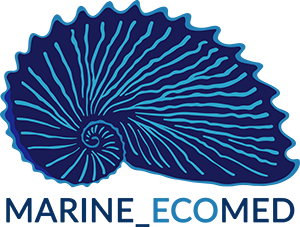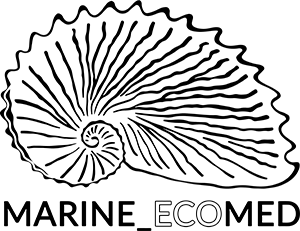What IMMAs are
Important Marine Mammal Areas (IMMAs) are defined as discrete portions of habitat, important to marine mammal species, that have the potential to be delineated and managed for conservation. IMMAs consist of areas that may merit place-based protection and/or monitoring. IMMAs can be seen as a marine mammal layer indicative of biodiversity and potentially ecosystem health for consideration by governments, intergovernmental organisations, conservation groups, and the general public.
The creation of a network of IMMAs represents a cost-effective approach to conservation. The rationale for developing IMMAs includes: (1) the specific vulnerability of many marine mammals, (2) the fact that marine mammals have been overlooked by many national efforts to create MPAs, (3) the role of marine mammals as indicators to support the identification of MPAs and spatial protection measures, because they are more easily monitored than most other pelagic vertebrates, (4) the role of marine mammals as umbrella species which helps ensure that a properly designed conservation plan will be beneficial to the broader ecosystem, and (5) the role of marine mammals as flagship species representing powerful political and public levers for the conservation of less popular or well-known organisms, communities or habitats.
Marine mammals are, in short, catalytic species. Thus, knowledge of areas that are important for them will facilitate the balancing of human uses of the sea with the imperative of conserving marine biodiversity. By pointing to the presence of marine areas of particular ecological value, IMMAs will serve the function of promoting the conservation of a much wider spectrum of species, biodiversity and ecosystems, well beyond the specific scope of conserving marine mammals.
Indications of the presence of IMMAs can help to identify marine areas valuable in terms of biodiversity during the process of Marine Spatial Planning. IMMAs can also become an effective way of building institutional capacity at the international and national levels to make substantial contributions to the global marine conservation agenda. Marine mammals are indicators of ocean ecosystem health and thus will support CBD’s portfolio of EBSA descriptions as a basis for promoting environmental protection and developing management plans for specific areas in the world’s oceans.


